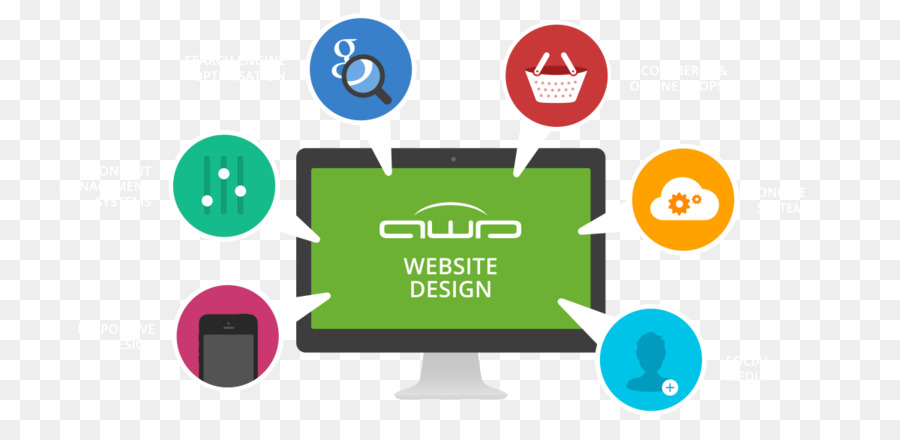The Growth Of Website Design: From Earlier Times To Currently
The Growth Of Website Design: From Earlier Times To Currently
Blog Article
Created By-Booker Dalby
In the past, internet sites were simple and focused on details. Navigation was direct, and layout was for desktop computers. Currently, check out here is key. Information guides styles for simple navigating. Responsive layouts suit different gadgets. Today, dark mode lowers strain, and minimalist menus enhance navigation. Interactive features engage individuals, and strong visuals stand apart. AI combination boosts engagement. See just how style has actually progressed to boost your on the internet trip.
Early Days of Web Design
In the early days of website design, simplicity reigned supreme. Websites were basic, with restricted colors, typefaces, and designs. The emphasis was on supplying information as opposed to fancy visuals. Individuals accessed the internet through sluggish dial-up connections, so speed and capability were crucial.
Navigation menus were straightforward, commonly situated on top or side of the web page. Internet sites were created for desktop, as mobile browsing wasn't yet prevalent. Content was king, and designers focused on simple readability over complicated design aspects.
HTML was the main coding language used, and developers had to function within its constraints. Computer animations and interactive attributes were minimal compared to today's standards. Internet sites were fixed, with little dynamic web content or personalized individual experiences.
Surge of User-Focused Design
With the development of web site style, a change towards user-focused design principles has actually become increasingly prominent. Today, creating sites that focus on customer experience is essential for engaging visitors and achieving company goals. User-focused style entails recognizing the requirements, choices, and habits of your target audience to customize the web site's layout, content, and features appropriately.
Designers now carry out complete research, such as user studies and functionality testing, to collect understandings and responses straight from users. This data-driven method assists in developing user-friendly navigating, clear calls-to-action, and visually attractive interfaces that reverberate with site visitors. By putting the user at the facility of the layout process, web sites can provide a more tailored and pleasurable experience.
Responsive design has actually likewise become an essential aspect of user-focused layout, making certain that sites are enhanced for various devices and display sizes. This adaptability boosts availability and usability, catering to the varied means customers engage with websites today. Basically, the increase of user-focused style signifies a shift towards developing digital experiences that prioritize the requirements and expectations of completion individual.
Modern Trends in Web Design
Discover the most recent trends forming web design today. One popular trend is dark setting layout, using a sleek and modern-day appearance while lowering eye strain in low-light environments. One more vital fad is minimalist navigating, simplifying menus and enhancing customer experience by focusing on essential elements. Incorporating micro-interactions, such as computer animated switches or scrolling effects, can develop a more appealing and interactive web site. Responsive style remains crucial, guaranteeing seamless individual experiences throughout different gadgets. Furthermore, utilizing vibrant typography and unbalanced formats can include aesthetic rate of interest and accentuate details material.
Integrating AI innovation, like chatbots for consumer assistance or tailored recommendations, improves individual engagement and simplifies procedures. Accessibility has likewise end up being a considerable pattern, with designers prioritizing comprehensive design practices to satisfy diverse user needs. Accepting sustainability by maximizing internet site performance for speed and performance is one more emerging trend in website design. Working together with individual responses and information analytics to iterate and boost design continually is crucial for staying relevant in the ever-evolving digital landscape. By embracing these modern fads, you can produce an aesthetically appealing, straightforward website that resonates with your audience.
Conclusion
As you assess the advancement of internet site layout from the early days to currently, you can see how user-focused design has actually become the driving force behind contemporary patterns.
Embrace the journey of modification and adaptation in web design, constantly keeping the user experience at the forefront.
Remain present with the most up to date fads and modern technologies, and never stop evolving your method to develop aesthetically sensational and easy to use websites.
Develop, adapt, and produce - the future of web design is in your hands.
